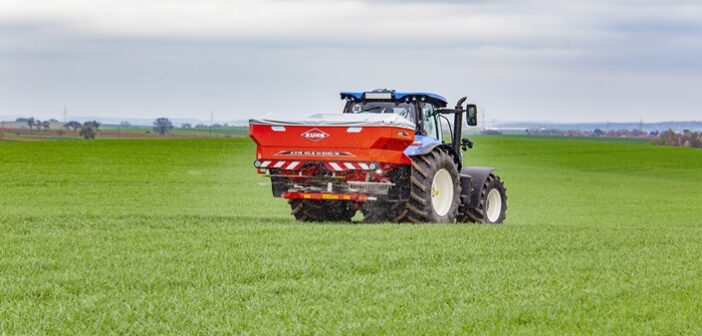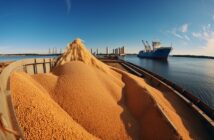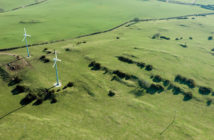The AHDB is advising growers to keep an eye on gas prices after natural gas prices in Europe rose during July and August.
The European natural gas futures for October 2024 reached €45.15/MWh on 9 August, the highest since December 2023 and 36% more than the average price this year (1 Jan – 4 Sep). While this was lower than the price at the same point last year, it is notable because gas prices were relatively stable before the recent steep increase.
The main reason for the recent surge in gas prices is geopolitical tensions, including the escalation of conflict in the Middle East and concerns over potential supply disruptions at the Russian-Ukrainian border due to the ongoing conflict. These factors have heightened anxiety in the gas market, leading to more volatility.
Between 31 July and 30 August, both Oct-24 European and UK natural gas futures gained 10% each to settle at €44.1/MWh and 96.15p/therm, respectively.
As natural gas is a key input in the production of nitrogen fertilisers, prices have historically tracked movements in the gas markets. Although fertiliser prices have remained relatively stable recently, they may start to rise if the increase in gas prices continues.
In July, UK-produced AN (34.5%) for spot delivery averaged £338/t, which is £5/t (2%) higher than June’s price and £15/t (4.2%) lower than the same time last year. The average price for imported AN in July was £332/t, up 0.6% from June’s figure and a 3.5% decrease year-on-year. However, with relatively low grain prices and a challenging 2024 growing season, manufacturers might be reluctant to pass on increased gas costs.
Europe appears to have a significant reserve of natural gas, with supplies being replenished ahead of the coming winter. According to Gas Infrastructure Europe data, the continent’s gas storage levels reached 91.60% capacity as at 27 August, achieving the November target two months in advance.
However, with the geopolitical tensions likely to remain and increased demand with temperatures in the UK and northwest Europe expected to fall below normal levels, it could drive up gas prices further.




